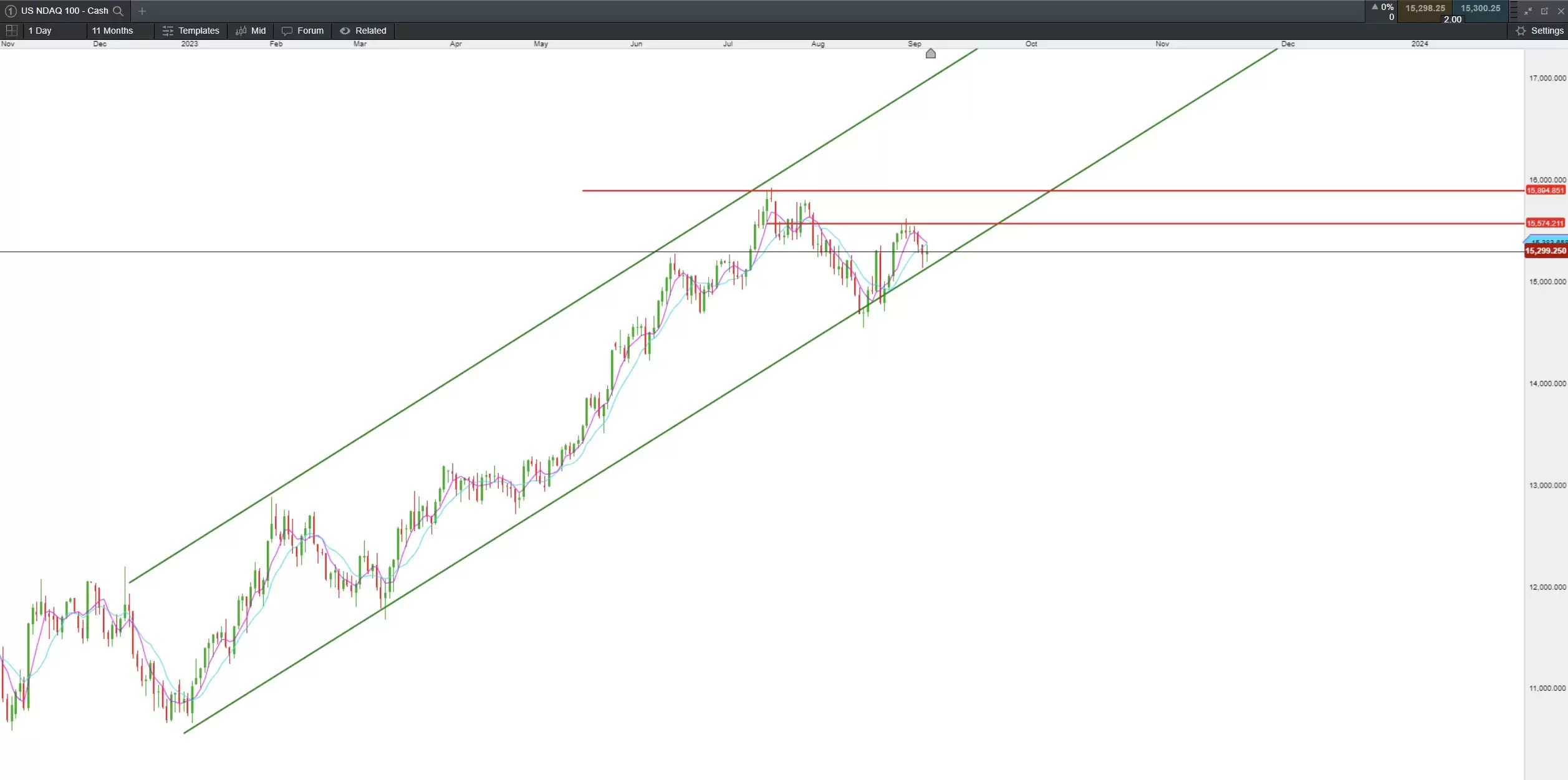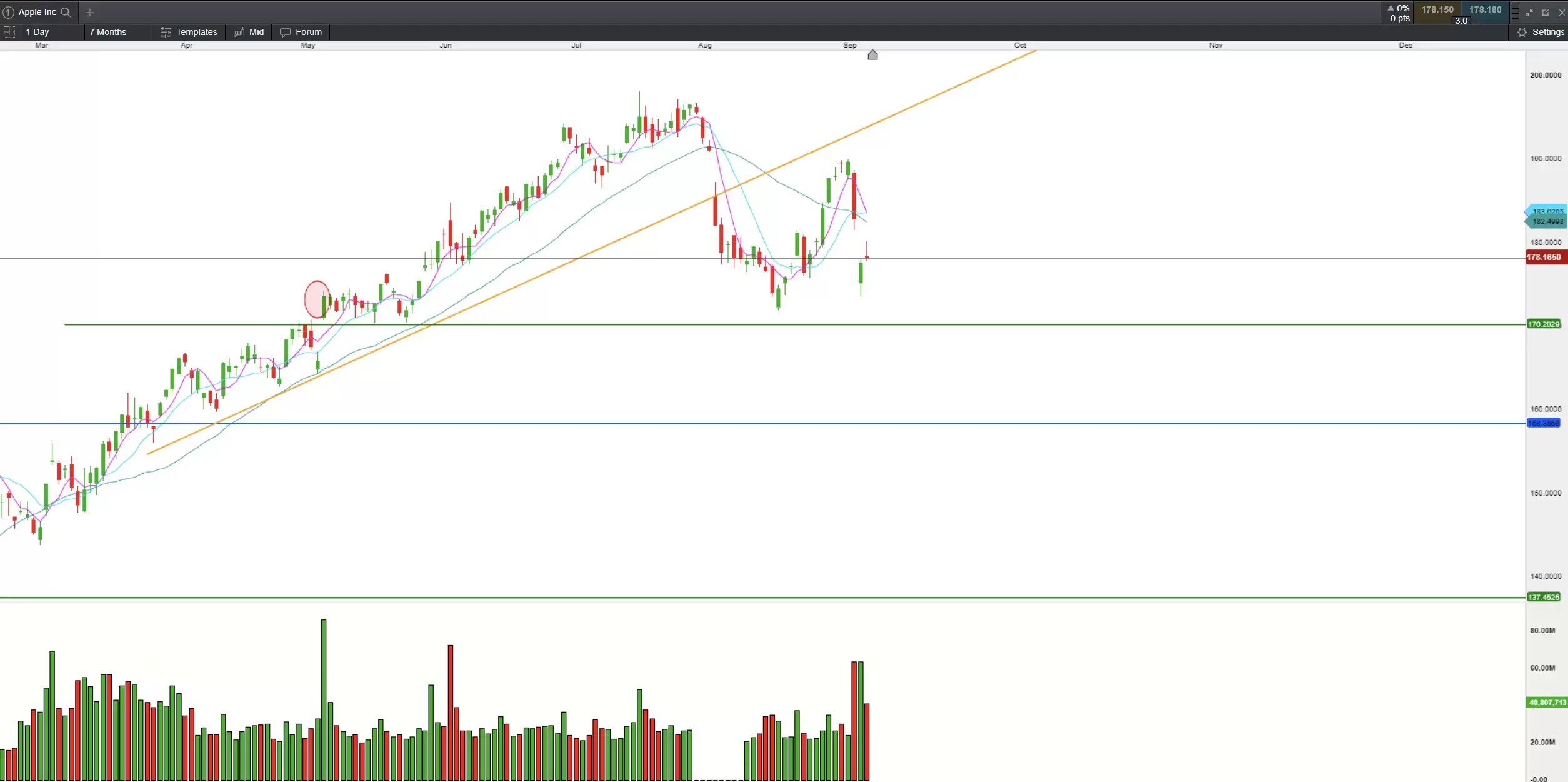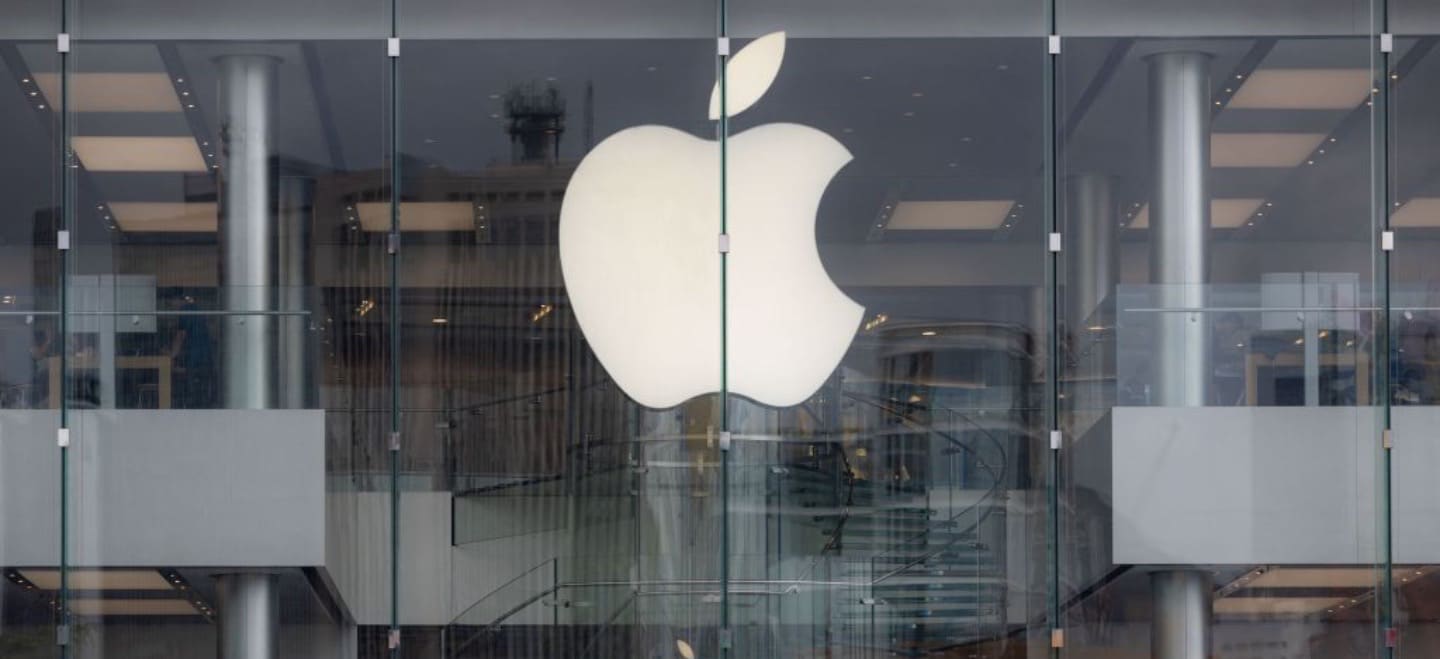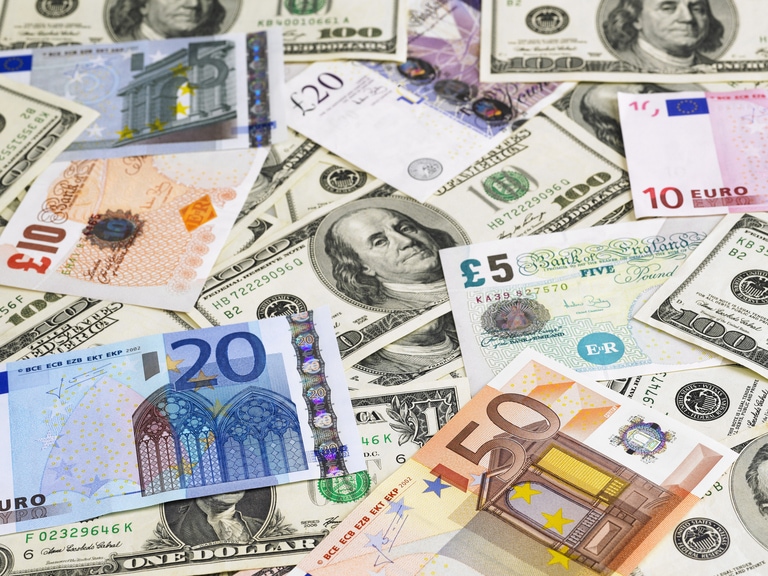Welcome to a new trading week. See below for the key updates to be aware of this week.
Apple's Autumn Conference - Tuesday
Apple's autumn conference will be held on September 12, Eastern Time. The focus of this conference is expected to be the latest release of the iPhone 15, the ninth-generation Apple Watch, and the Vision Pro launched in June. The market expects that the iPhone 15 series will include the standard iPhone 15 and iPhone 15 plus, as well as the iPhone 15 pro and iPhone 15 pro max, which may be equipped with the new 3-nanometer A17 chip, and all models may be equipped with a USB-C interface to replace the old one Lightning interface.
The most important upgrade of the new iPhone 15 may be the improvement of battery performance brought by the camera and A17 chip. There may not be major updates and adjustments in the new Apple Watch. There is news that iPhone 15 shipment expectations have been lowered due to supply constraints, and the early launch of Huawei's Mate60 series has also had a greater impact on the market. Apple shares have fallen about 6% in the past week.
U.S. CPI in August – Wednesday
The U.S. and overall CPI rose 3.2% year-on-year in July, higher than 3% in June, the first increase in 12 months. The cause of the rise? Energy prices. The core CPI slowed to 4.7% year-on-year in July compared with 4.8% in June.
The rise in overall CPI means that achieving the 2% inflation target will not be easy. This means interest rates are likely to remain higher for longer. Although the Fed seems to have reached consensus on pausing interest rate hikes in September, recent strong economic data has also increased expectations that the Fed will raise interest rates in November. The market expects the overall CPI to rise by 3.6% year-on-year in August, but due to the slowdown in service industry employment, the market expects the core CPI to slow down to 4.3% year-on-year in August.
ECB interest rate decision – Thursday
There has been recent weakening economic data in the Eurozone. For example, the preliminary comprehensive PMI value fell to 47 in August, falling for three consecutive months. The manufacturing PMI fell to 43.7, while the services PMI, which had previously remained strong, also dropped to contraction territory in August, to 48.3.
The European Central Bank's Governing Council may remain divided on whether to raise interest rates this month. Among them, the governors of the German Central Bank and the Belgian Central Bank believed that further interest rate increases were necessary, but the Greek central bank governors and the Italian central bank governors expressed the need to exercise restraint in raising interest rates.
European Central Bank President Christine Lagarde hinted at a press conference in July that the ECB did not need to raise interest rates further, thus weakening the possibility of further tightening actions by the ECB. The market expects the European Central Bank to remain on hold this week, but as expectations for a rate hike by the Federal Reserve in November increase, the European Central Bank may not dare to issue more dovish remarks, especially after seeing the recent decline in exchange rates.
China’s retail sales of consumer goods in August – Friday
China's consumption growth has stagnated in the past few months. In July, social retail sales increased by only 2.5% year-on-year, while the expected growth was 4%. The added value of large-scale industries was also lower than expected, with a year-on-year growth of 3.7%, lower than the expected 4.3%.
The National Bureau of Statistics stopped disclosing youth unemployment data in August, which means that the current economic situation may be more severe than imagined.
To stimulate the economy, Chinese officials have introduced a series of stimulus policies, including:
- Lowering interest rates on existing housing loans to reduce the burden on residents and stimulate spending.
- Reduce stock market stamp taxes
- Adjust the IPO rate
- Standardize shareholder reductions to activate the capital market.
However, it is expected that the stimulating effect of these policies on the economy may not be seen until for some time. August's trade data was weak and the stock market and currency performance were also poor. However, the market is optimistic that improvement may be seen, with retail sales expected to increase by 3% year-on-year in August. The added value of industries above designated size is expected to grow by 3.9% year-on-year.
Important charts to watch this week
Nasdaq 100 (NDAQ 100 Cash) – Daily Chart

Source: CMC Markets (September 10)
The Nasdaq 100 stopped falling last Friday, and the upward trend line support is currently intact. The two major events that will affect the index this week are Apple's press conference and U.S. inflation data. If the press conference does not perform as expected, it is likely to cause Apple's stock price to weaken further and drag down the market. If the CPI in August is higher than expected, it will strengthen the expectation that the Federal Reserve will raise interest rates in November. This will put pressure on the Nasdaq 100 and focus on the support of 15150.
Apple ( AAPL ) – Daily Chart

Source: CMC Markets (September 10)
After Apple's stock price fell sharply on September 6, it bottomed out near 173 on September 7 and rebounded, with heavy trading volume. It means that there are more long chips at the current price, but it fell back after rising on Friday, and the trading volume shrank. Investors can rely on 170 as a defense to adopt a buy-low strategy. If it falls below this level, it means there is room for further decline.
Euro/USD ( EUR/USD ) – Daily chart

Source: CMC Markets (September 10)
The Euro continued to weaken against the U.S. dollar after falling below the support of the rising structure. It is currently falling from the 5-day moving average. This week, attention will be paid to the European Central Bank's interest rate decision. It is expected that keeping interest rates unchanged will put short-term downward pressure on the Euro. The possibility of bottoming out is that the technical support level is near the low of June this year at 1.065.






